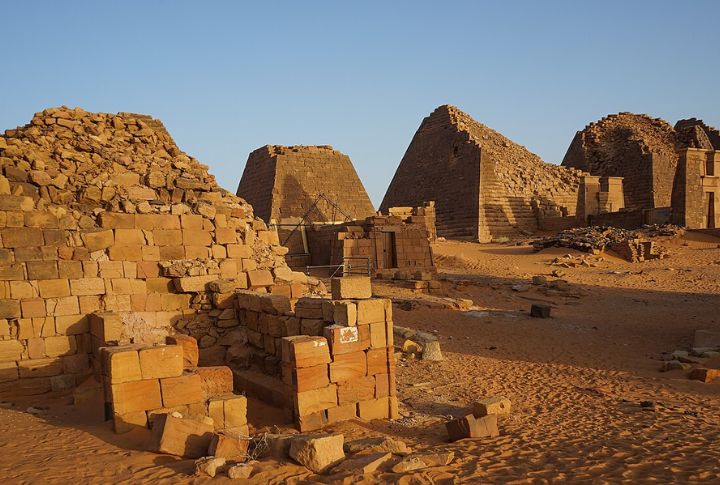
The ground beneath our feet is like a treasure chest, with ancient secrets just begging to be unearthed. Sure, archaeologists are always digging up remnants of the past, but how often do we actually catch up on the mind-blowing artifacts they’ve found? Here, we look into 15 incredible discoveries that truly bring history to life.
300 Mummified Crocodiles
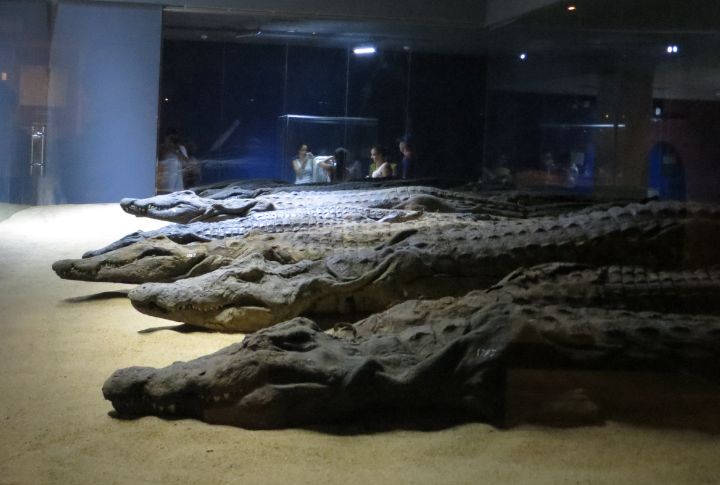
Yes, you read that right. Not one, not two, but 300 mummified crocodiles were discovered in the Kom Ombo Temple tomb in Egypt. It’s like someone was building an old zoo but forgot to tell the rest of us. The reptiles, ranging from cute little hatchlings to full-grown beasts, were carefully preserved as offerings to the crocodile god Sobek.
Block of Sandstone
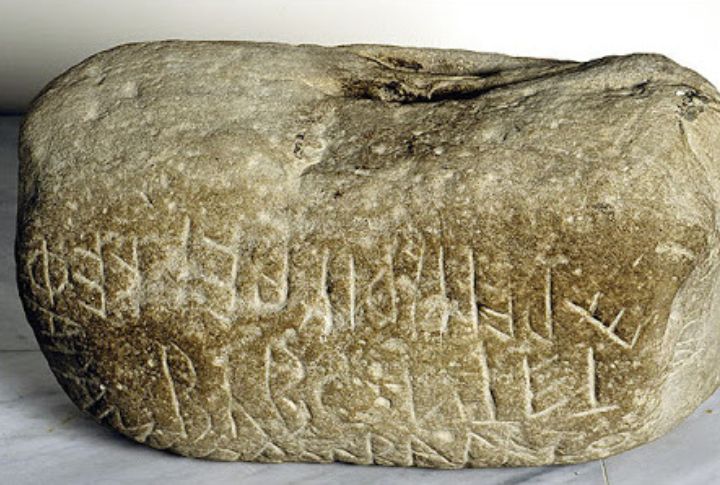
At first glance, it might seem like just a chunk of rock, but this particular block of sandstone found in the ruins of Olympia is far from that. It’s inscribed with one of the earliest known examples of hieroglyphics: “Bybon, son of Pholos, threw this over his head with one hand.” That’s right—one hand! Clearly, Bybon wasn’t one to downplay his feats.
Pyramids of Sudan
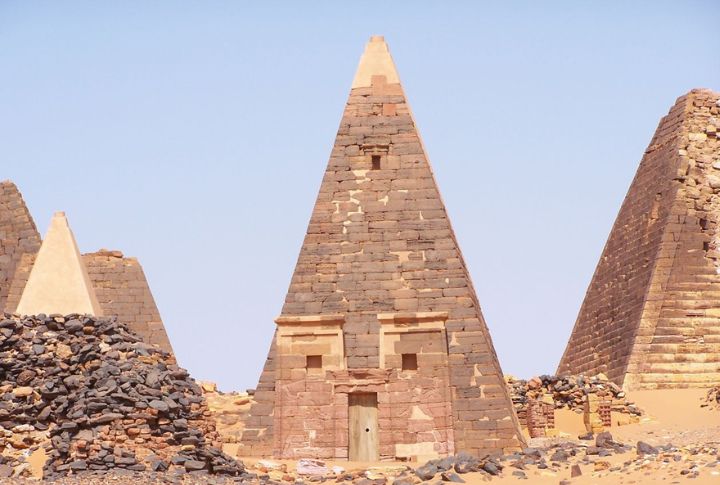
While everyone’s busy marveling at Egypt’s pyramids, the ones in Sudan are quietly stealing the show. These pyramids in Meroë are smaller but more in number, with over 200 dotting the landscape. They served as the royal tombs of the Kushite Kingdom, and each one is a monument to the power and culture of this lesser-known civilization.
Tut’s Daggers
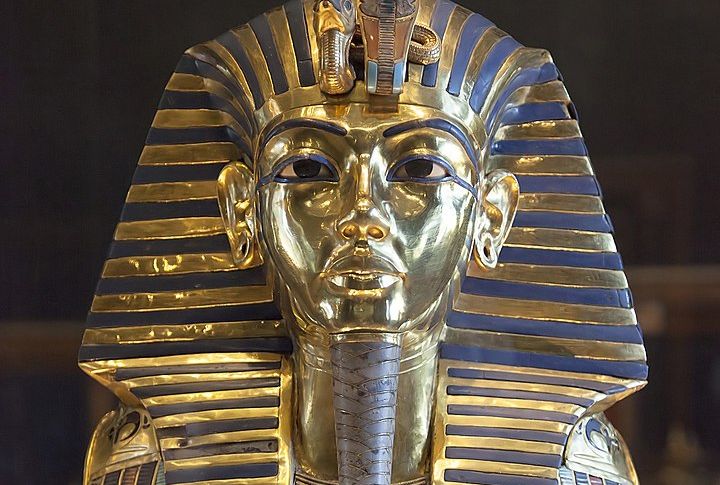
When King Tutankhamun’s tomb was discovered, the world was still reeling from the young pharaoh’s mummy, which was so well-preserved—and, of course, the golden treasures inside. However, among them was something even more intriguing—two daggers, one of which was made from iron sourced from a meteorite.
Sarcophagus

You might think all sarcophagi are the same—big, heavy, and filled with historical VIPs—and you are probably right. But the discovered sarcophagus in Kyiv, Ukraine, holds the remains of King Yaroslav the Wise and his wife, Queen Ingegerd Olofsdotter of Sweden, two very powerful figures from the past, making it an outstanding piece of history.
2,000-Year-Old Green Serpentine Mask
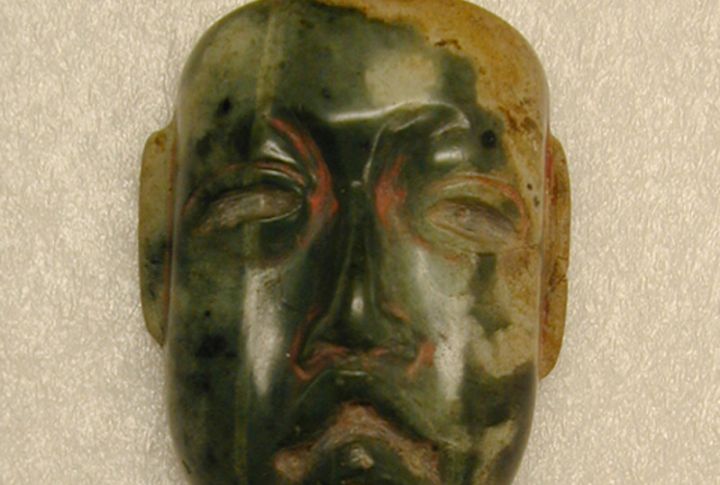
Found in Teotihuacan, Mexico, this 2,000-year-old green serpentine mask is as mysterious as it is old. At the time of its discovery, it was the only one of its kind found in a ritual context. When it was first unearthed, the visual impact must have been incredible. The eyes, with white shell sclera and black obsidian irises, gave it a striking and almost mesmerizing look.
Lioness of Baena
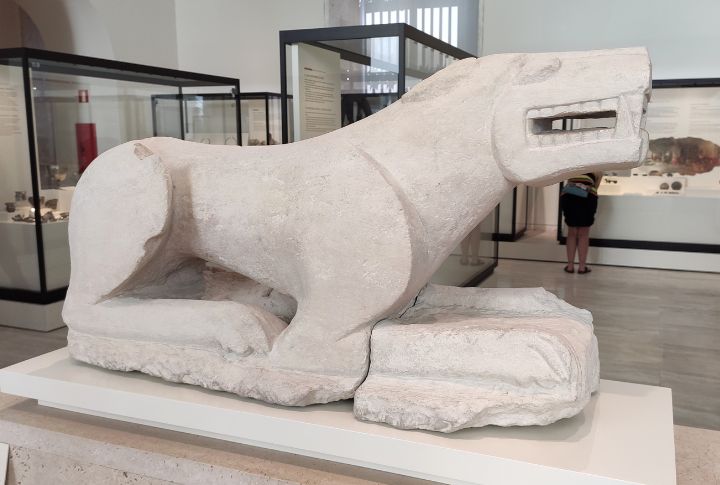
Roar into history with the Lioness of Baena, a stunning limestone sculpture found in Spain. Dating back to the Iberian period, this fierce feline likely guarded a tomb, her powerful stance a reminder of the strength and majesty of those buried within. She’s the vintage version of a guard dog—only with more growl and a lot more stone.
5,000-Year-Old Wooden Boat
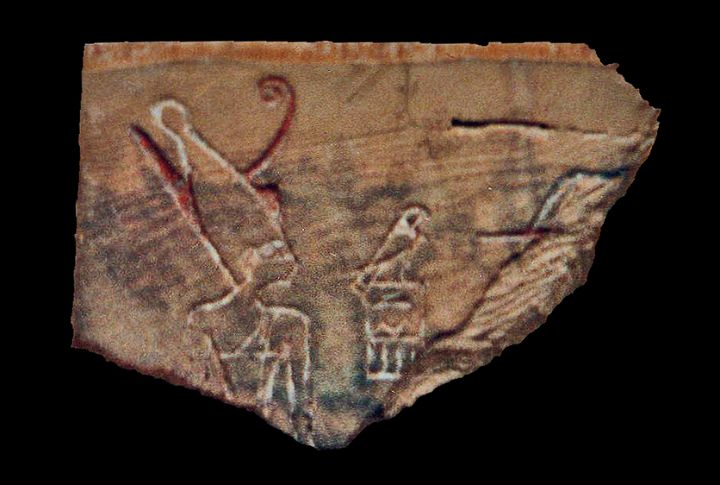
They say old boats never die—they just become archaeological wonders. A team of French archaeologists on an expedition in Egypt, probably expecting to find some interesting artifacts, suddenly stumbles upon a 5,000-year-old wooden boat. The boat takes us all the way back to the time of Pharaoh Den, one of the kings from the First Dynasty.
2,000-Year-Old Glass Mosaics

Glass might seem fragile, but these 2,000-year-old mosaics from Turkey are anything but. Discovered among the ruins in the historic city of Zeugma, these intricate pieces of art have survived centuries of neglect. A team of archaeologists from Ankara University recently made this incredible find, uncovering these mosaics that have stood the test of time.
5,500-Year-Old Leather Shoe
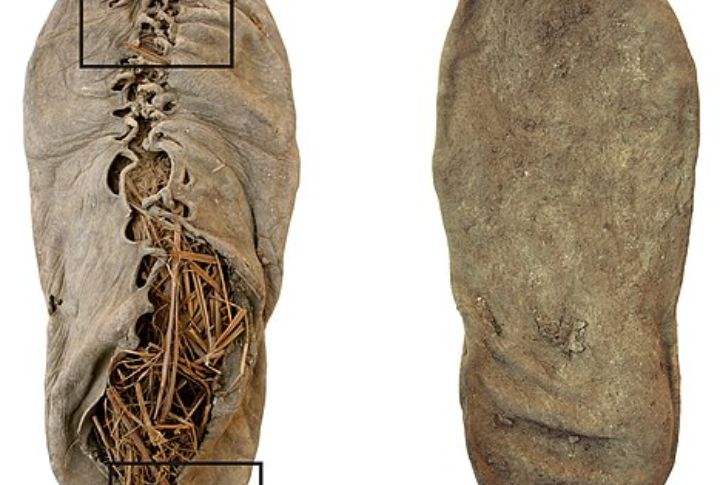
This 5,500-year-old leather shoe is the oldest known piece of footwear in the world. Found in a cave in Armenia, it’s perfectly preserved, complete with laces and all. The ancient leather footwear is so old that it predates the Great Pyramids of Giza by 1,000 years and even Stonehenge by 400 years.
Bronze Mirror

Reflecting back at us from the past is this bronze mirror straight out of an Etruscan tomb from 465-450 BC. It’s a symbol of status and beauty used by the elite of that era. If you feel like gazing into the eyes of history up close and personal, you can find it on display at the Nelson-Atkins Museum of Art.
Oldest Temple in the World
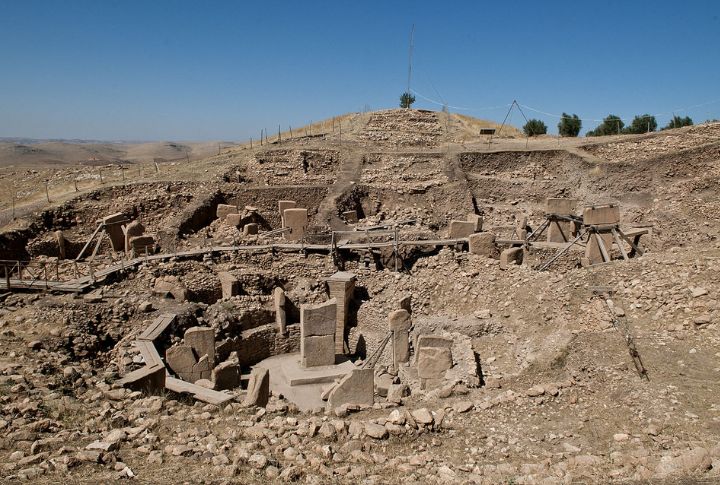
Archaeologists have been at the site for years, carefully uncovering what turned out to be the oldest temple in the world—Göbeklitepe in Urfa. This site dates back over 11,000 years. The intricately carved stone pillars attest to the religious and social complexity of past hunter-gatherers.
Footprint of a Roman Boy

At the Malton Museum in North Yorkshire, there’s a fascinating piece of history on display—a footprint left by a Roman boy. Among all the artifacts, this one really brings the past to life. Discovered on a tile in a Roman fort, it’s a snapshot of a moment frozen in time and a little reminder that even centuries ago, kids were busy being kids.
Cuneiform Tablets

Did you know that the Yale Babylonian Collection has been around since 1911 and still rocks an impressive display of artifacts? The Old Assyrian cuneiform tablets found there date back over 5,000 years and cover everything from business transactions to epic tales. These old clay tablets are the world’s first attempts at writing things down.
2,000-Year-Old Thracian Chariot
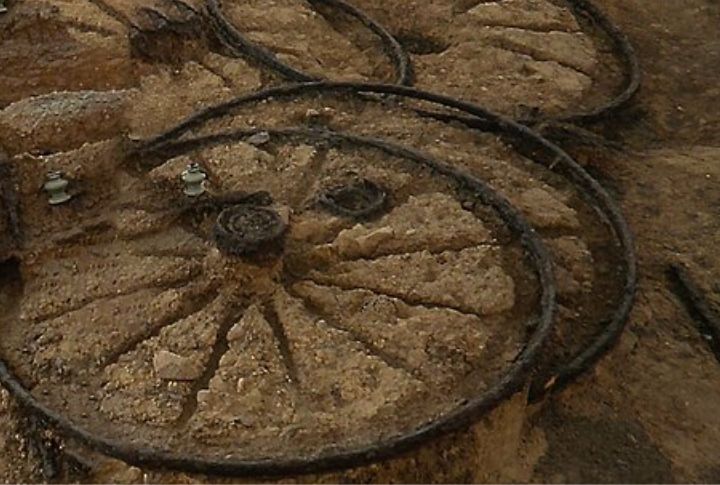
In 2008, archaeologists led by Veselin Ignatov made an incredible discovery: a 2000-year-old Thracian chariot buried with the skeletal remains of horses, a dog, and a nobleman from Thrace. The stunning chariot, complete with ornate decorations, shows man’s love for status, wealth, and fast things.

